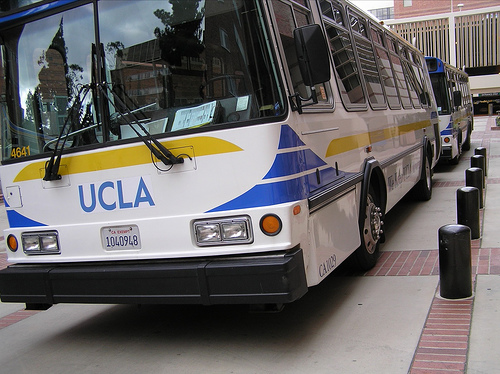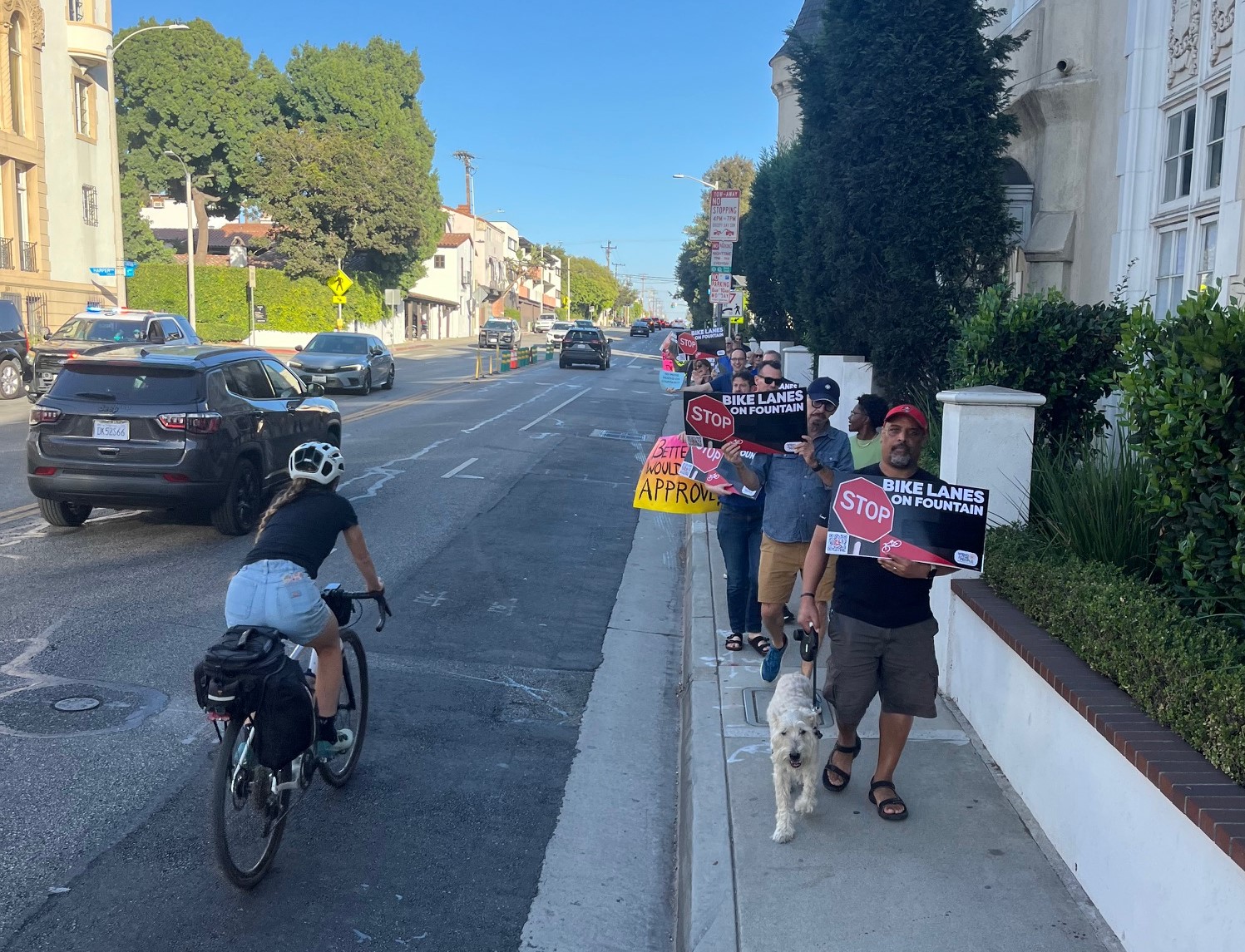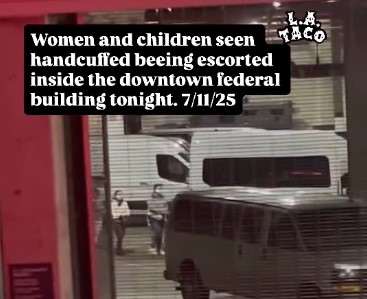
As sports fans throughout the nation focus on UCLA because of its men’s basketball team, I thought we could focus on UCLA as an example of how an employer can change the commuting behavior of commuters. According to UCLA’s Transportation Services Department, Over 75,000 people come to UCLA every day and over 45% of them travel by transit, bike, carpool or vanpool. In Los Angeles County as a whole, that number is less than 25%.
What does UCLA do that other colleges and other large employers could emulate?
UCLA has a long history of providing alternatives to the single-passenger automobile. The University began a ride share program in 1984 that has grown to where it reduces car trips by more than 1.7 million trips per year.
The linchpin to UCLA’s plan is having inexpensive and comfortable transit options to campus. Faculty, staff and students can receive 50% off Metro passes. Reduced fare cards are also available for the Big Blue Bus and Culver City Transit lines that run to campus. The University worked with the transit agencies that serve campus to provide bus stops and shelters on campus that are located near large building and on routes served by UCLA’s on-campus buses.
Second, UCLA funds a vanpool program that reaches 85 different Southern California communities and has 152 different routes. During a tour of the campus last September, Huell Howser interviewed a group of vanpoolers who commute to Westwood from Pasadena. The vanpoolers didn’t just promote the time and money savings of vanpooling, but also the social benefits of meeting people with whom you work and live.
For those that can’t vanpool and live too far away to bike or walk, UCLA helps commuters get in touch with each other in their carpool program. Applicants contact the school’s transportation offices and are put in touch with people who commute to and from campus at the same time and live nearby the applicant. In addition to the social benefits and shared costs, carpoolers are issued stickers allowing them to park anywhere on campus for free.
Lastly, UCLA makes sure that once people are on campus, they have ways to get around. The campus has its own bus system, soon to be powered by french fry grease, and is one of the few places in Los Angeles where there is plentiful access to Flexcars.
While not every employer is going to have the ability to provide a program this complex, employers can start to encourage alternative transportation at low cost by providing adequate bike parking, helping potential carpoolers connect with each other and provide transit passes tax-free to employees.
As Sherry Lewis, the associate director for Transportation Services at UCLA, told Howser, "If you want something to work, you make it work. They you’ll find out what the real benefits are."
Image: Noeluap/Flickr






